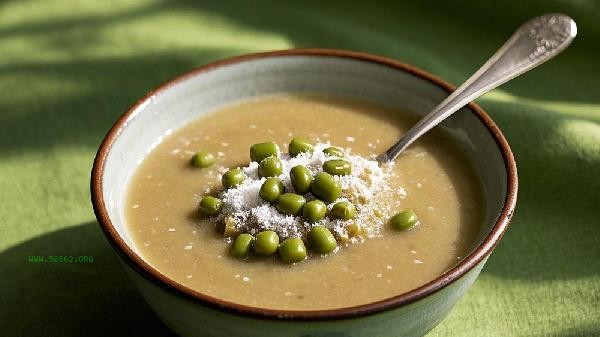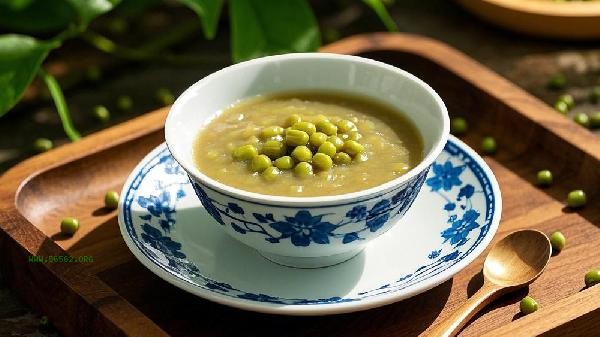The red color of mung bean Congee is usually caused by the oxidation of polyphenols in mung bean, which is mainly related to factors such as long cooking time, alkaline water quality or contact with metal utensils. Green bean skin is rich in polyphenol oxidase, which reacts with oxygen in a high-temperature alkaline environment to produce quinones, causing the color to change from green to red.

Prolonged boiling time is a common reason. When mung bean Congee is boiled at high temperature for more than an hour, the polyphenols in mung bean skin will gradually oxidize and polymerize. This oxidation reaction is more pronounced in an open pot because oxygen is more fully exposed. When boiling in an iron or aluminum pot, metal ions accelerate the activity of polyphenol oxidase, resulting in a faster color change rate. It is recommended to control the boiling time to 30-40 minutes and use a clay pot or ceramic pot to reduce discoloration. The acidity and alkalinity of water directly affect color changes. The tap water in northern regions is mostly weakly alkaline, which can promote the oxidation and coloration of polyphenolic substances. If a small amount of white vinegar or lemon juice is added to the water to adjust the pH value to weak acidity, the green color of mung bean Congee can be effectively maintained. Some varieties of mungbean have thin skin and high anthocyanin content, which makes it easier to dissolve red pigment during heating. This kind of variety will change color more significantly when cooking Congee.

It is normal for mung bean Congee to turn red, which does not affect food safety and nutritional value. The red mung bean Congee still contains rich protein, B vitamins and dietary fiber. If you want to keep it green, you can choose fresh mung beans, soak them in clean water for 2 hours in advance to shorten the boiling time, and use purified water or filtered water to cook. When consumed in summer, it can be refrigerated and stored. Low temperature environment can slow down the oxidation reaction rate, but it is recommended to consume it within 24 hours to ensure taste.









Comments (0)
Leave a Comment
No comments yet
Be the first to share your thoughts!